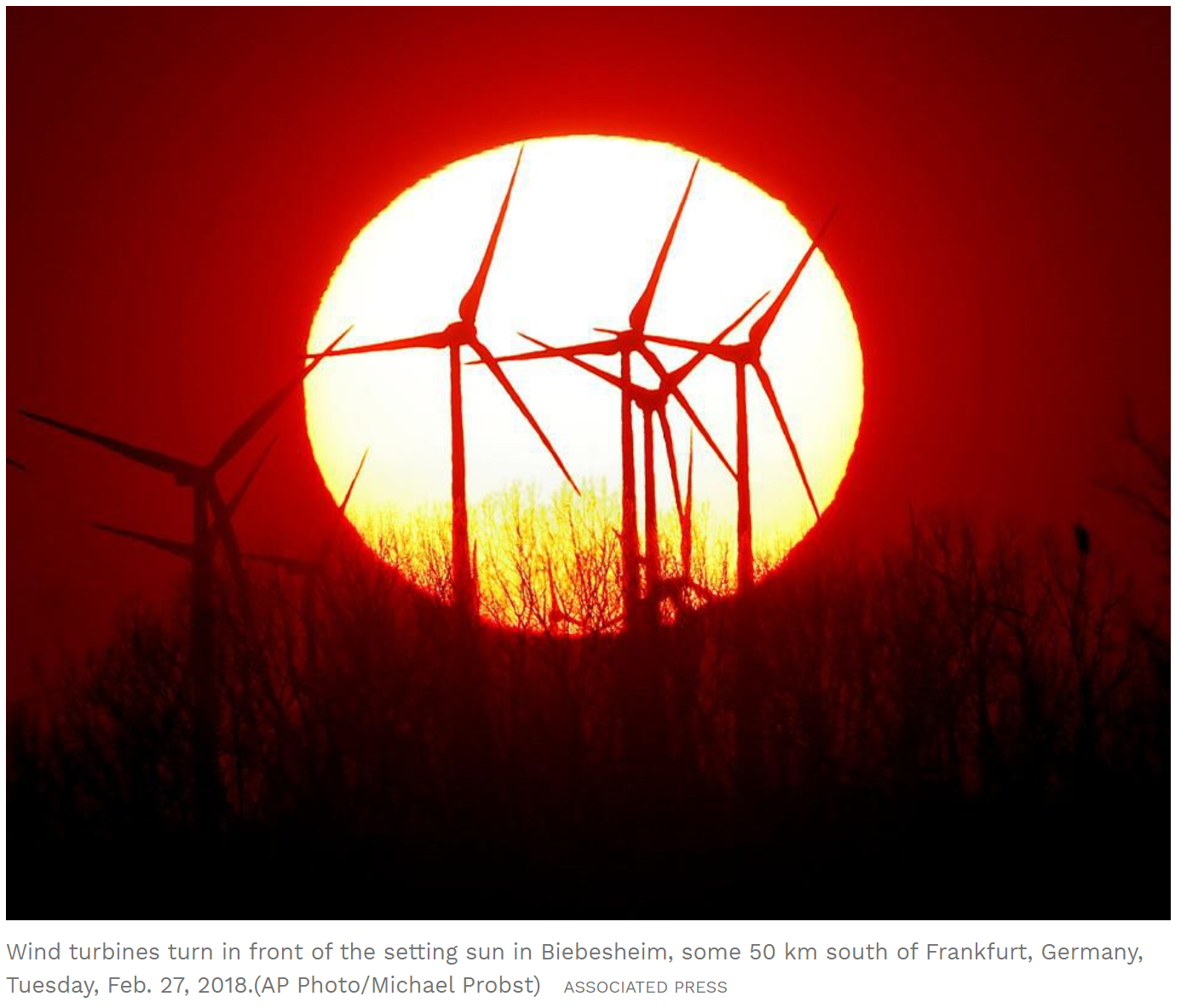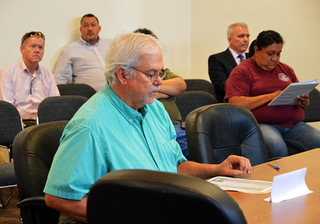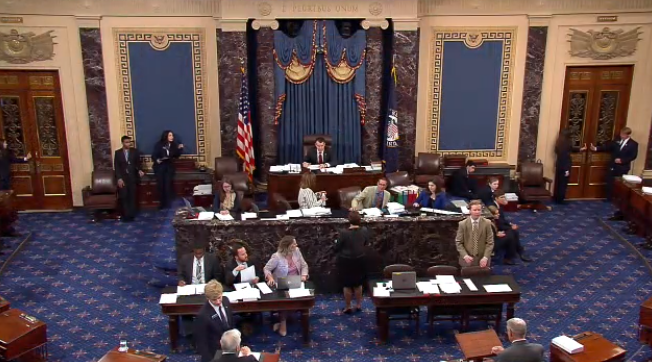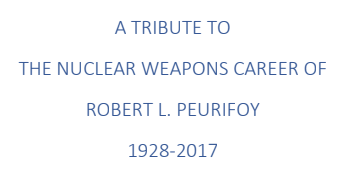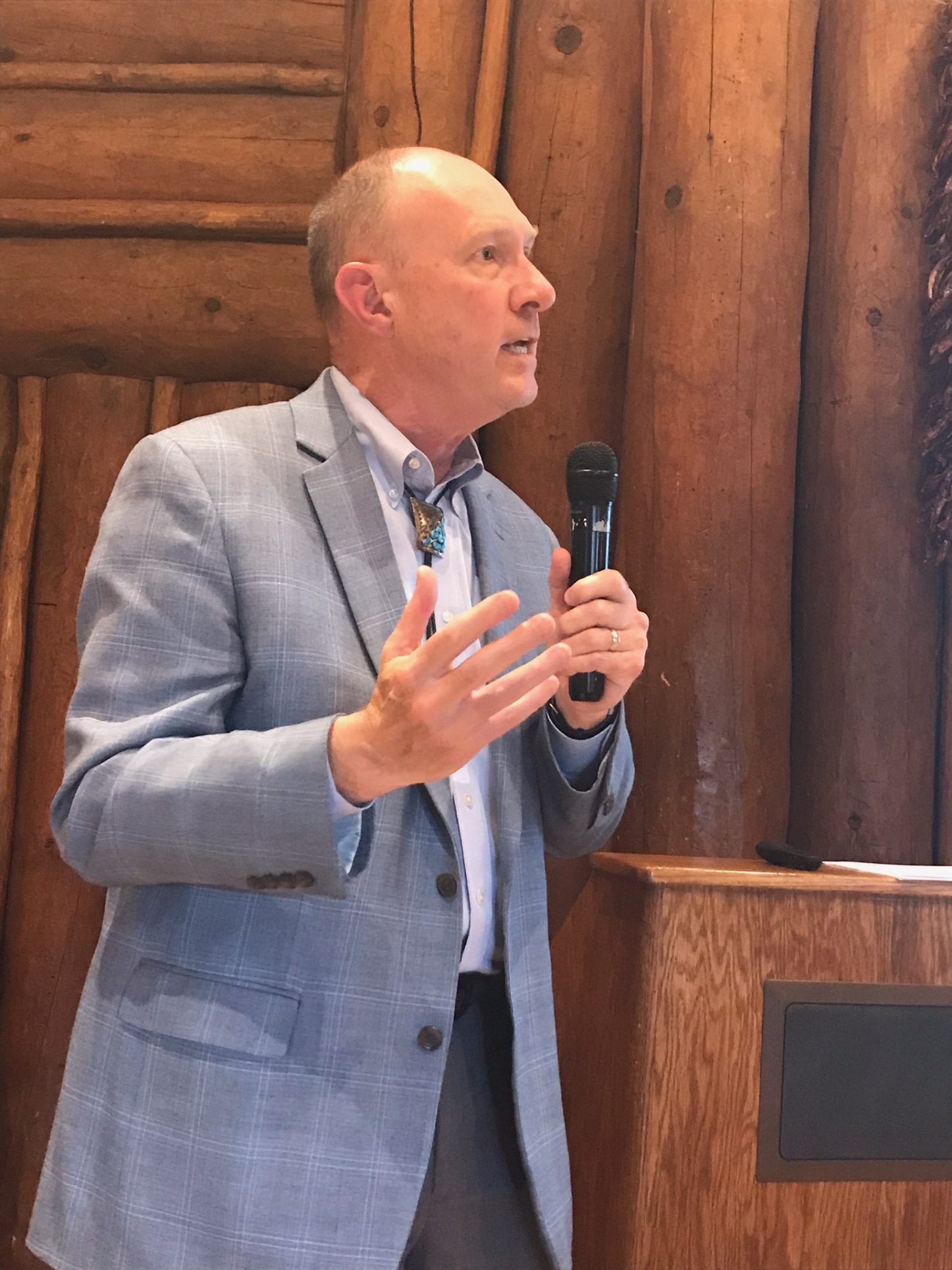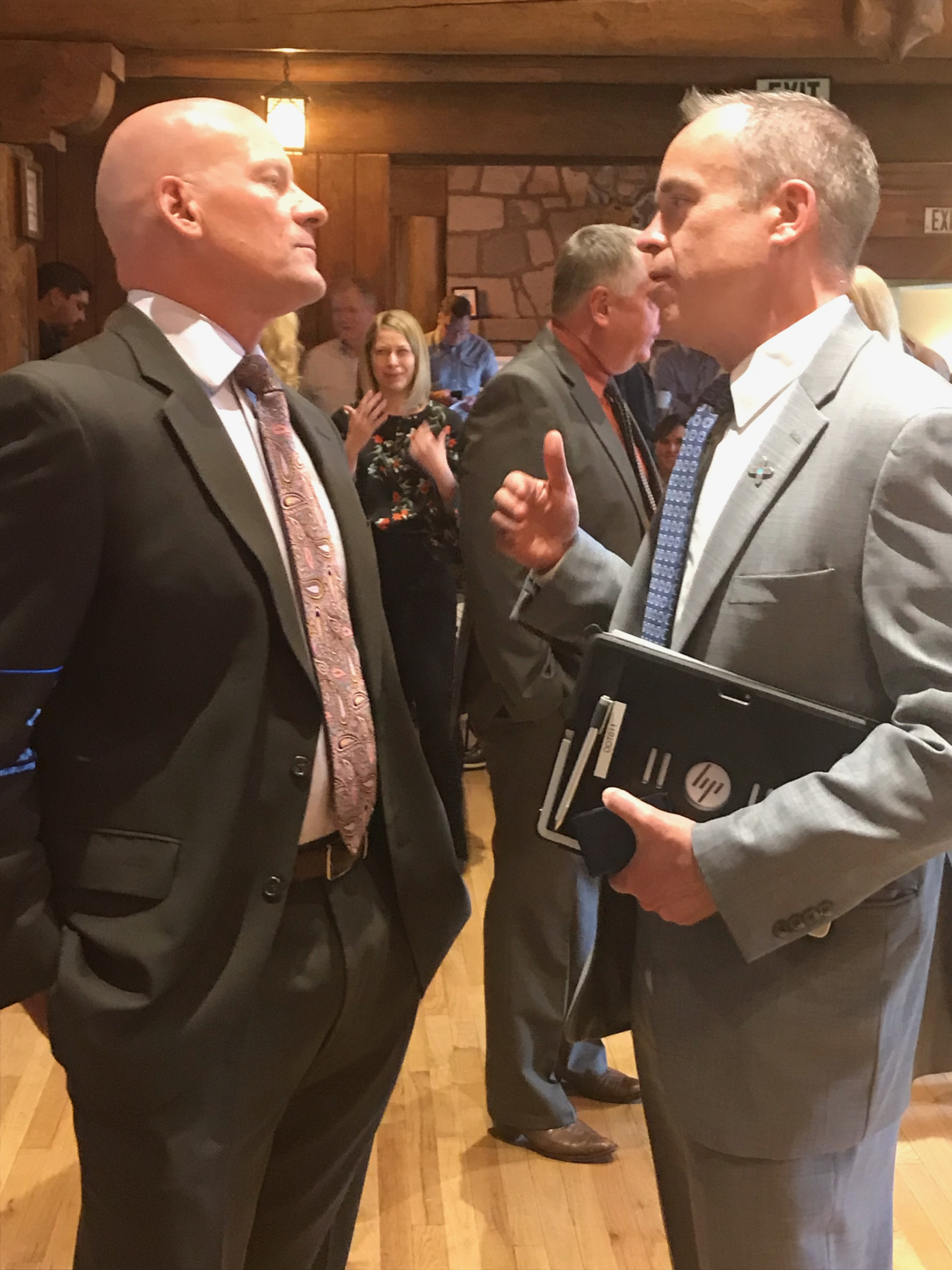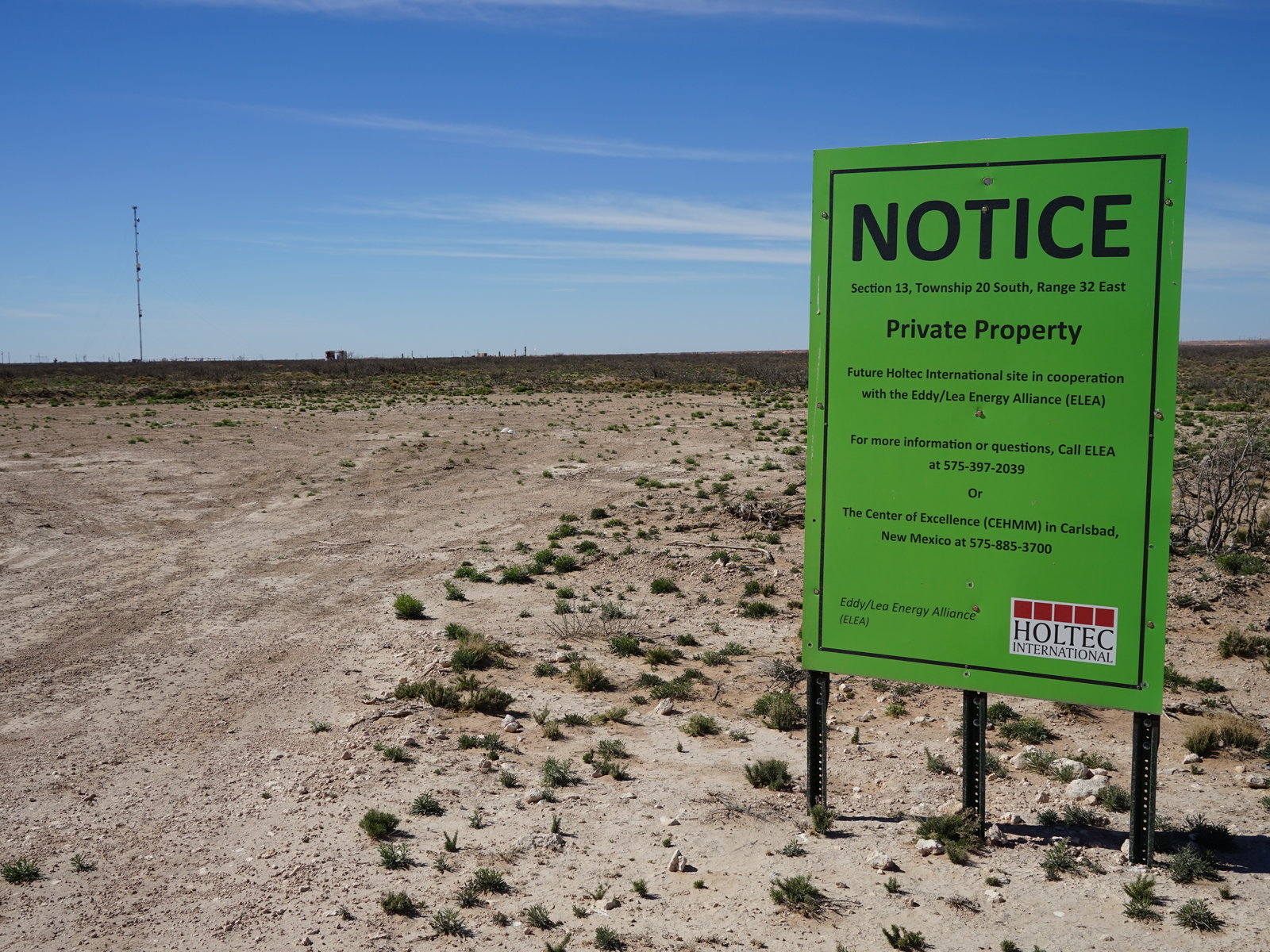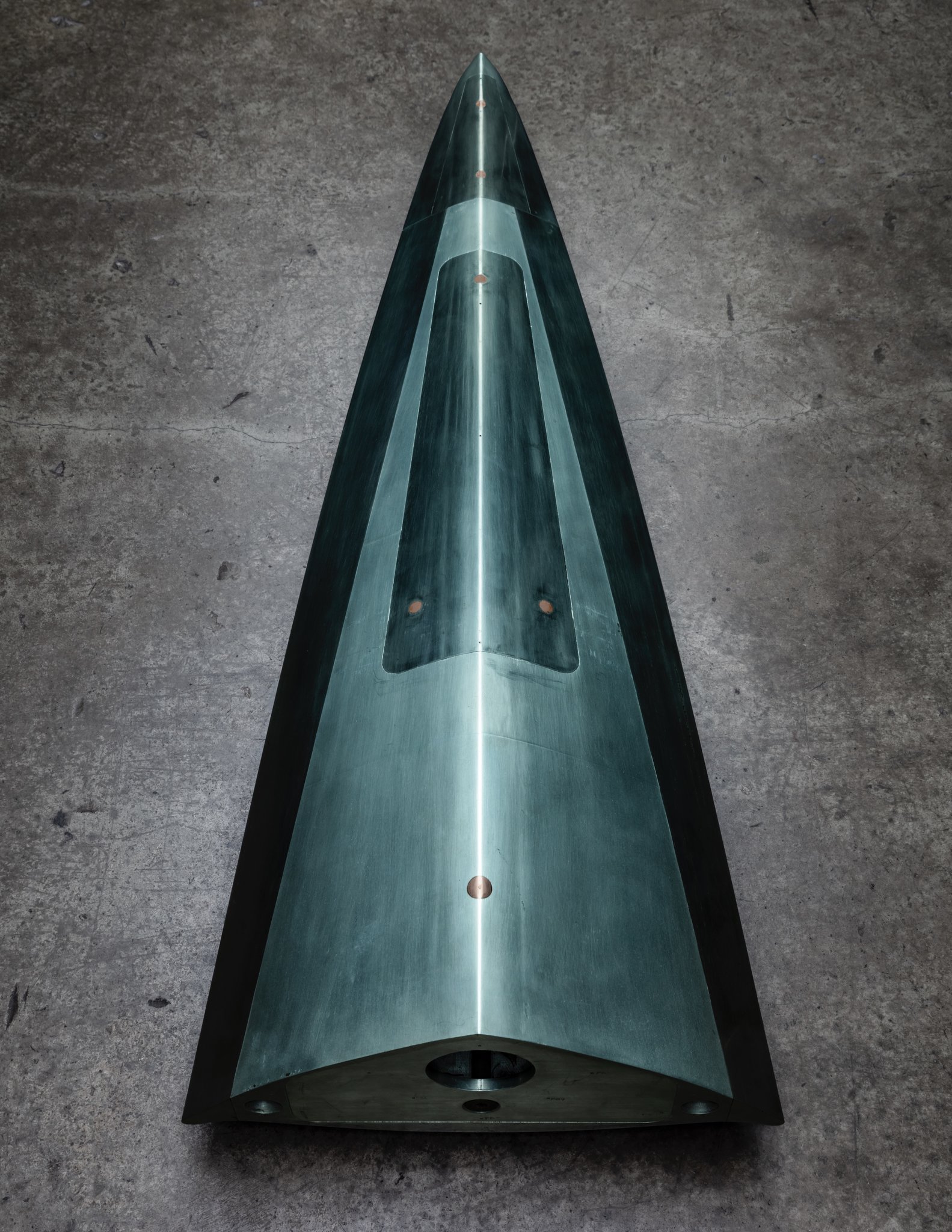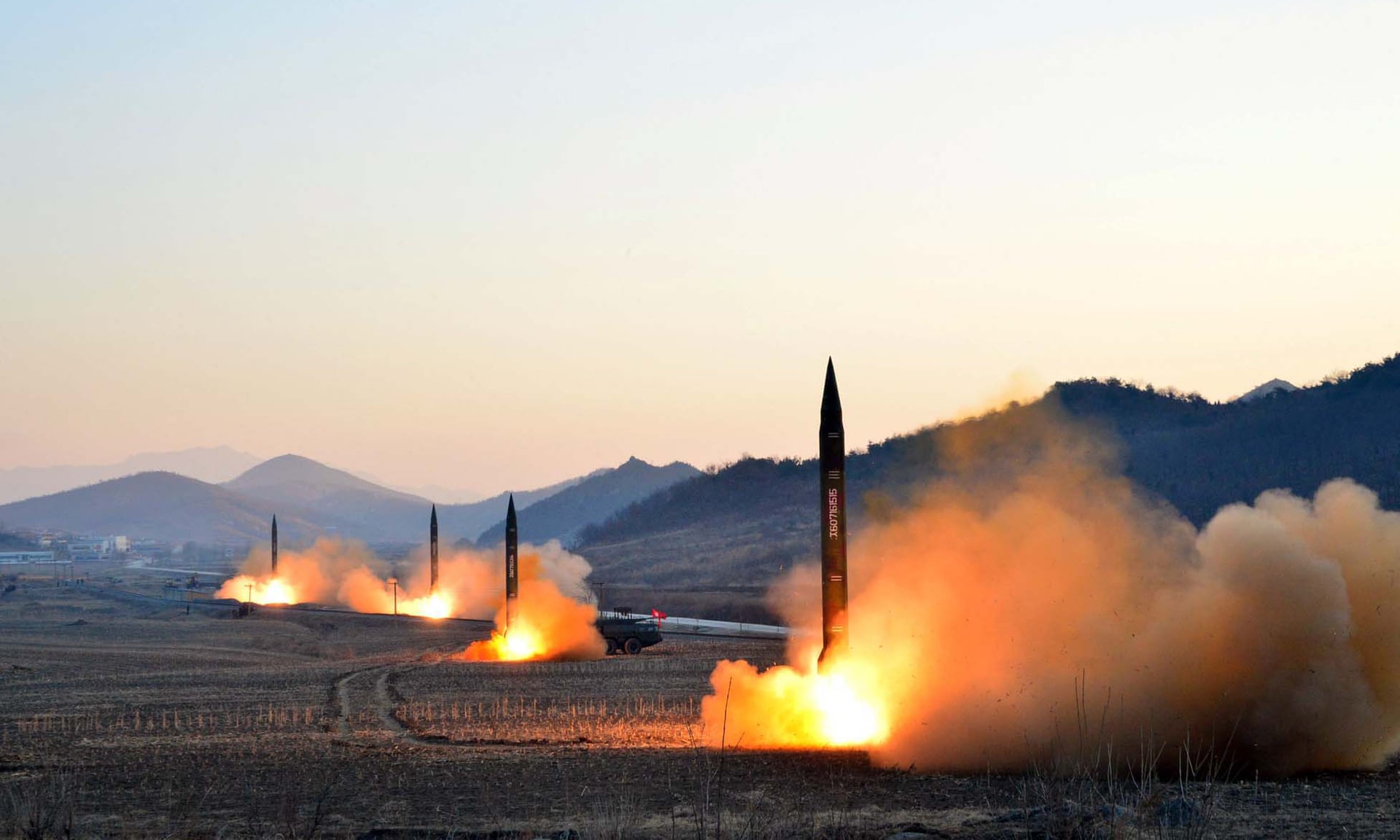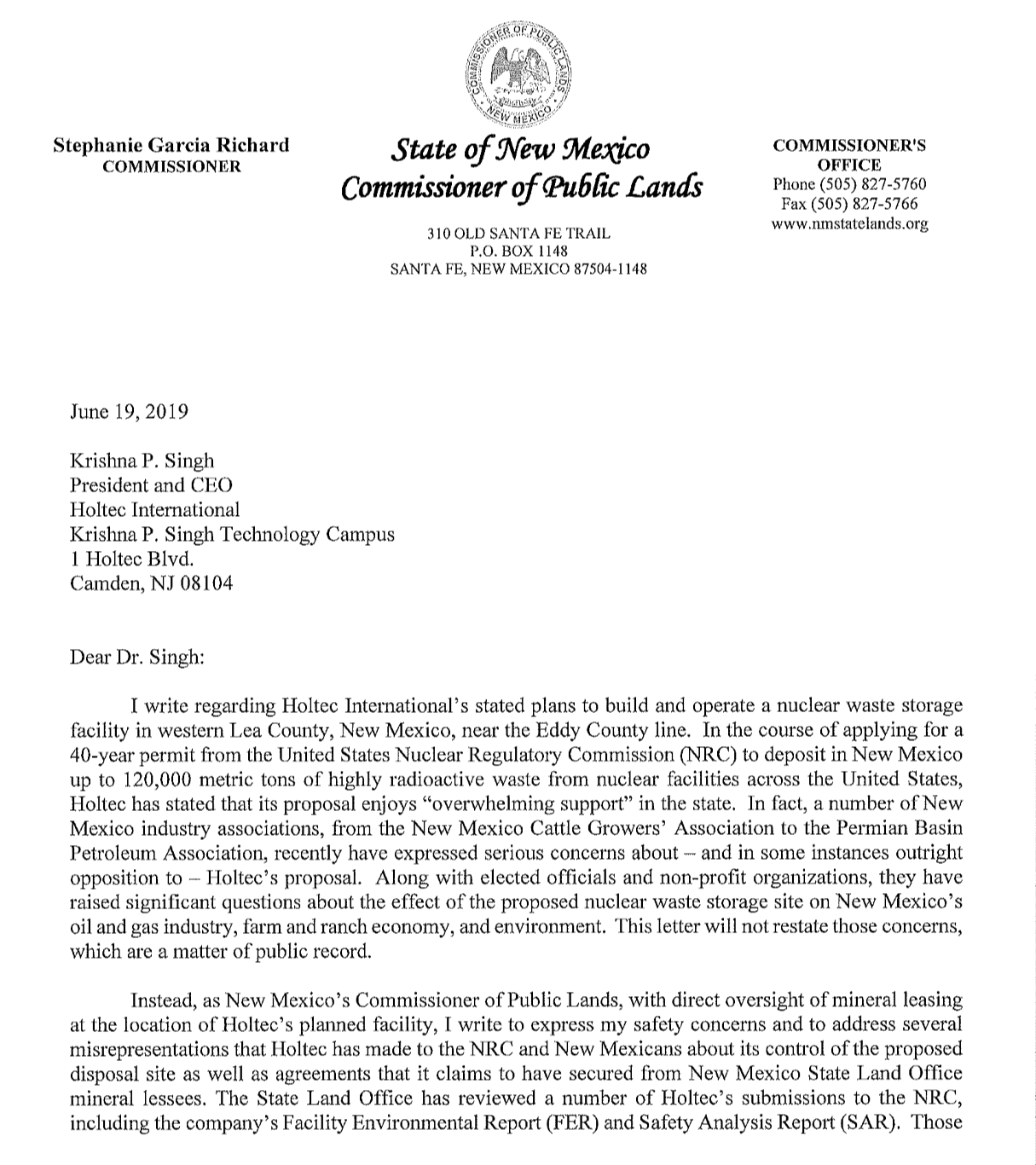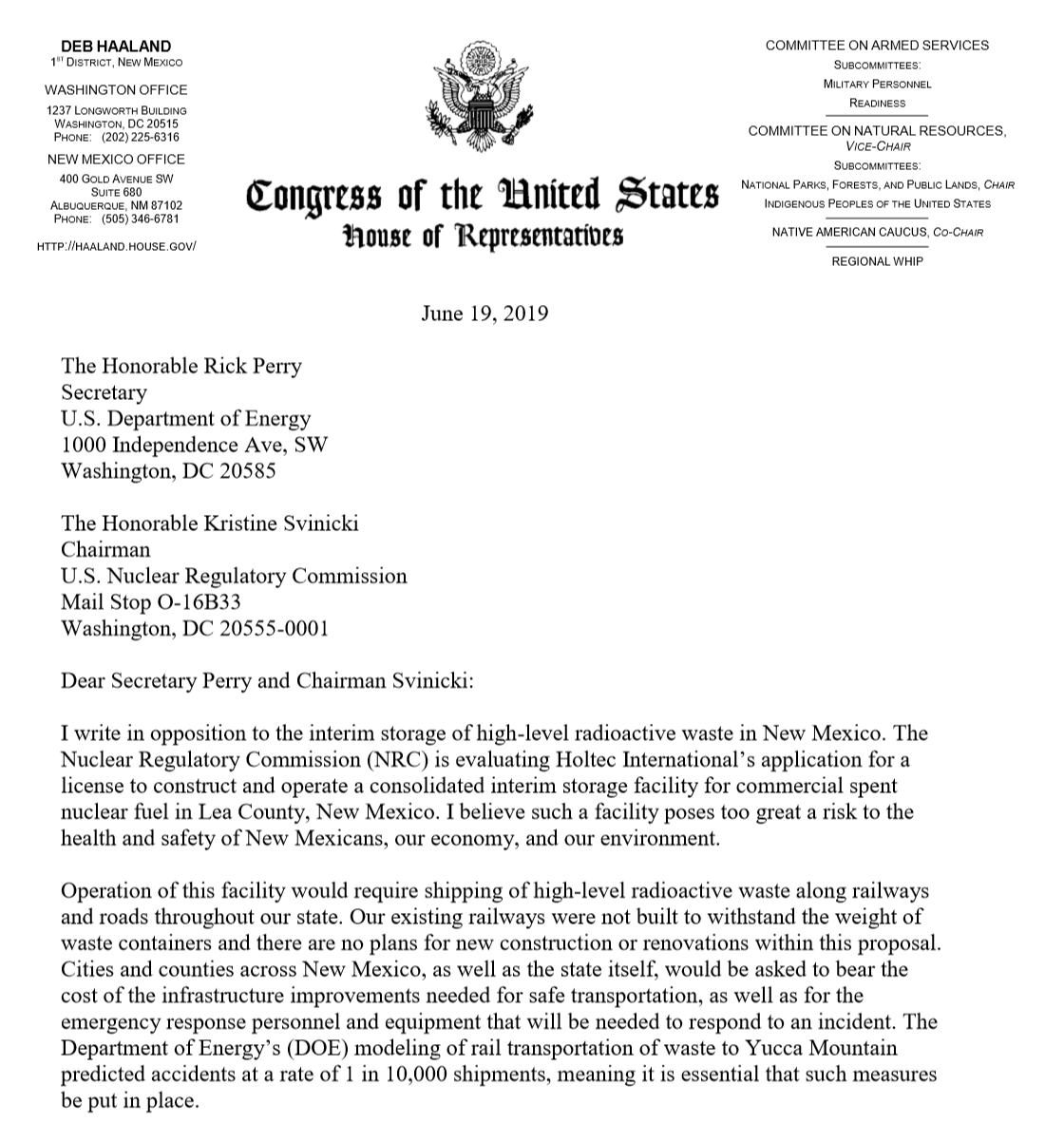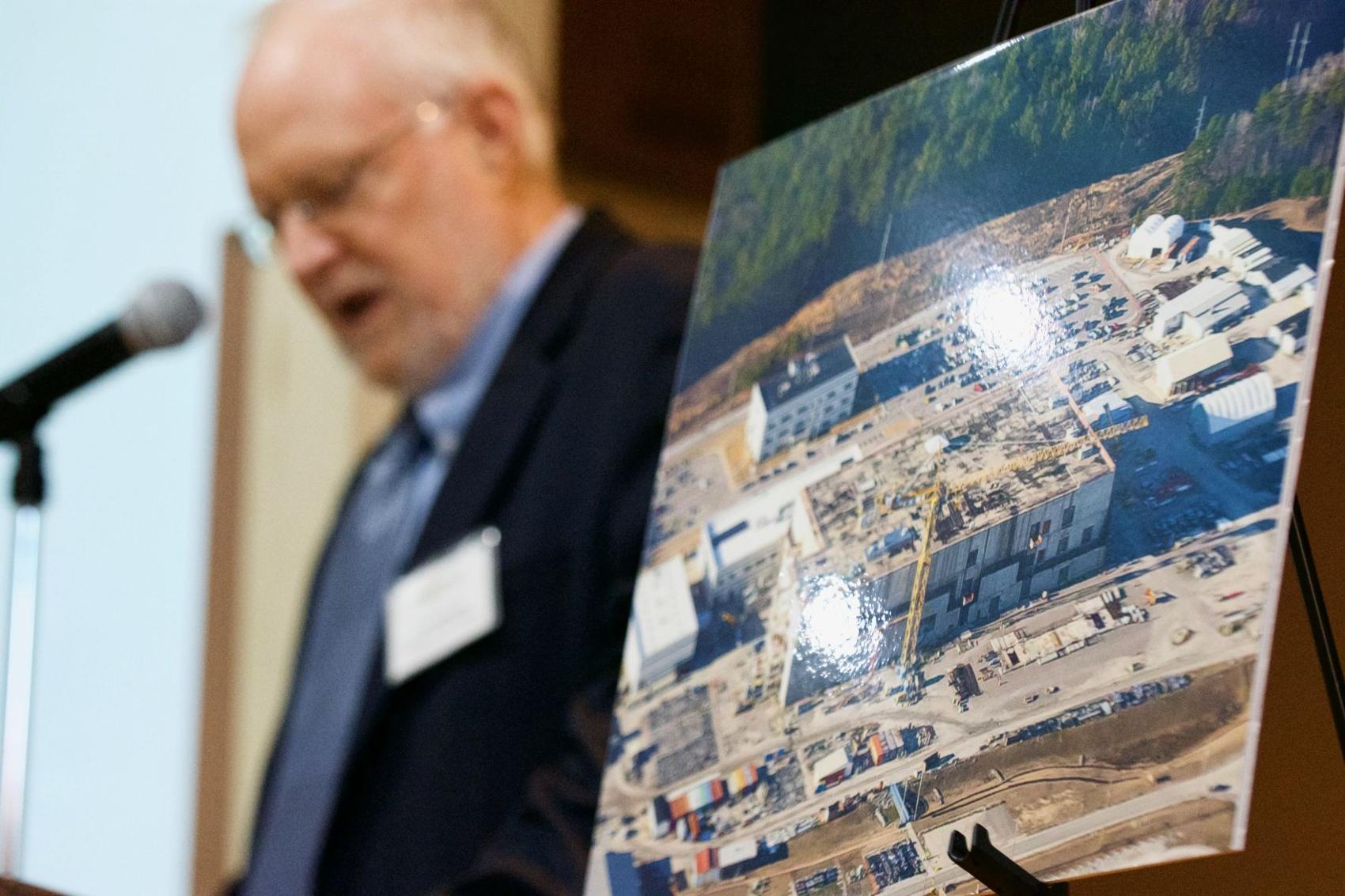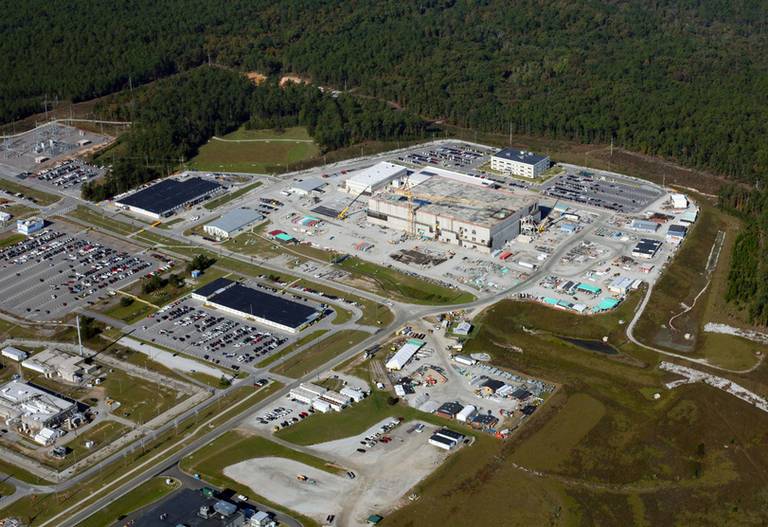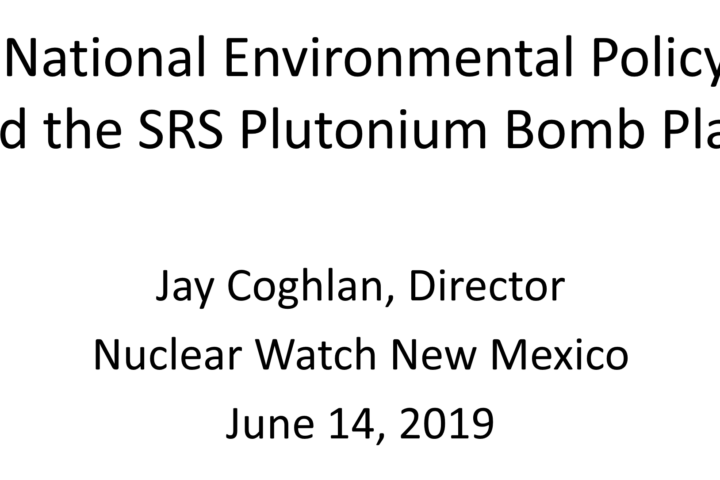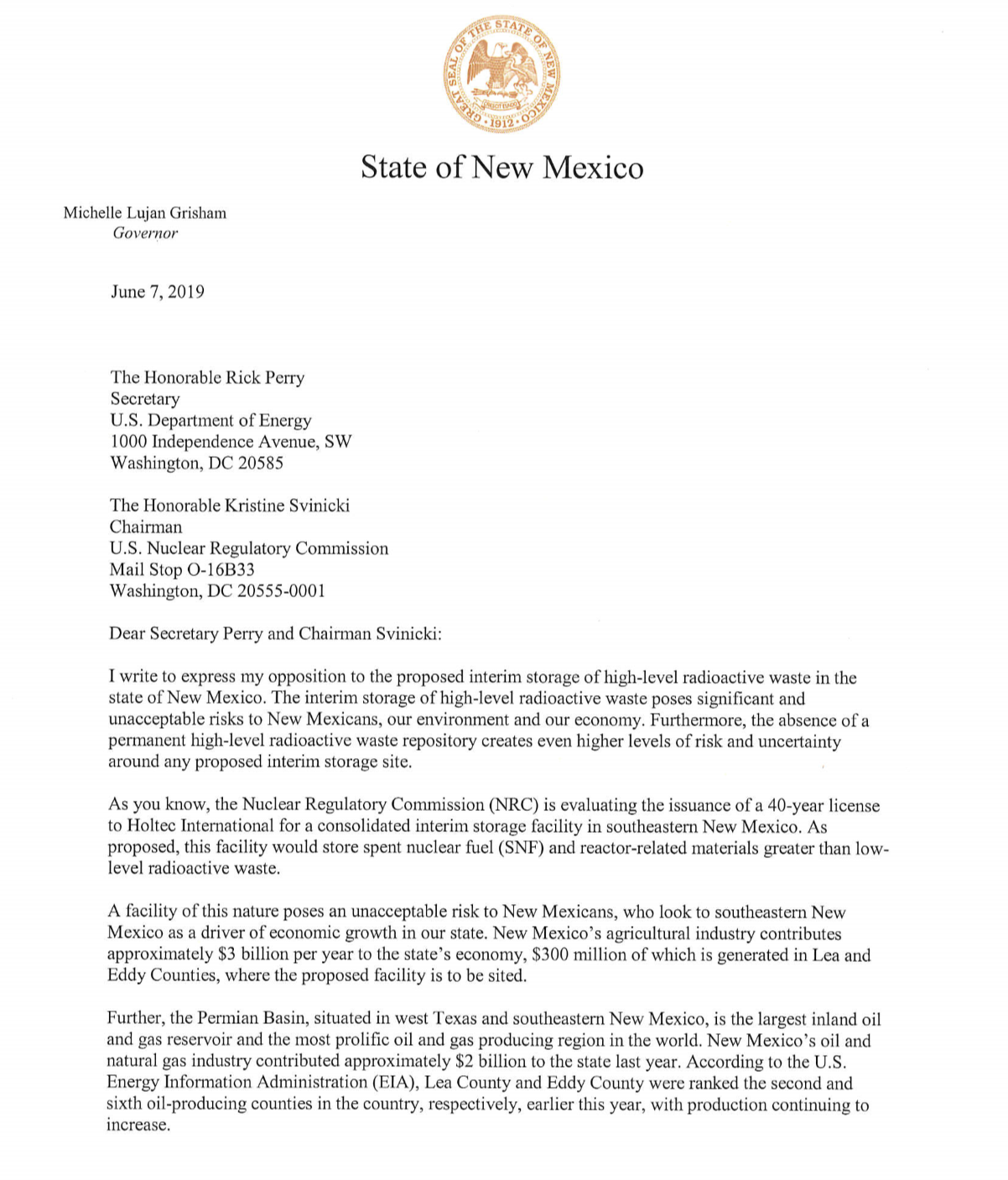This article was originally published July 6, 2019 in the Santa Fe New Mexican
Article Written by NukeWatch NM Volunteer: ALICIA SANDERS-ZAKRE
The Department of Energy’s new attempt at “enhanced public engagement” on legacy nuclear waste cleanup at Los Alamos National Laboratory failed both its stated objectives to consider public input and provide public education. To turn things around, officials should actually listen to public attendees and provide complete information at future meetings.
In the two-hour June 26 forum in Los Alamos, officials from the department’s Environmental Management Los Alamos Field Office, alongside N3B, the contractor tasked with implementing the cleanup, repeatedly proclaimed their interest in hearing from the public and pledged total transparency, but they didn’t give anyone in the packed room a chance to speak.

